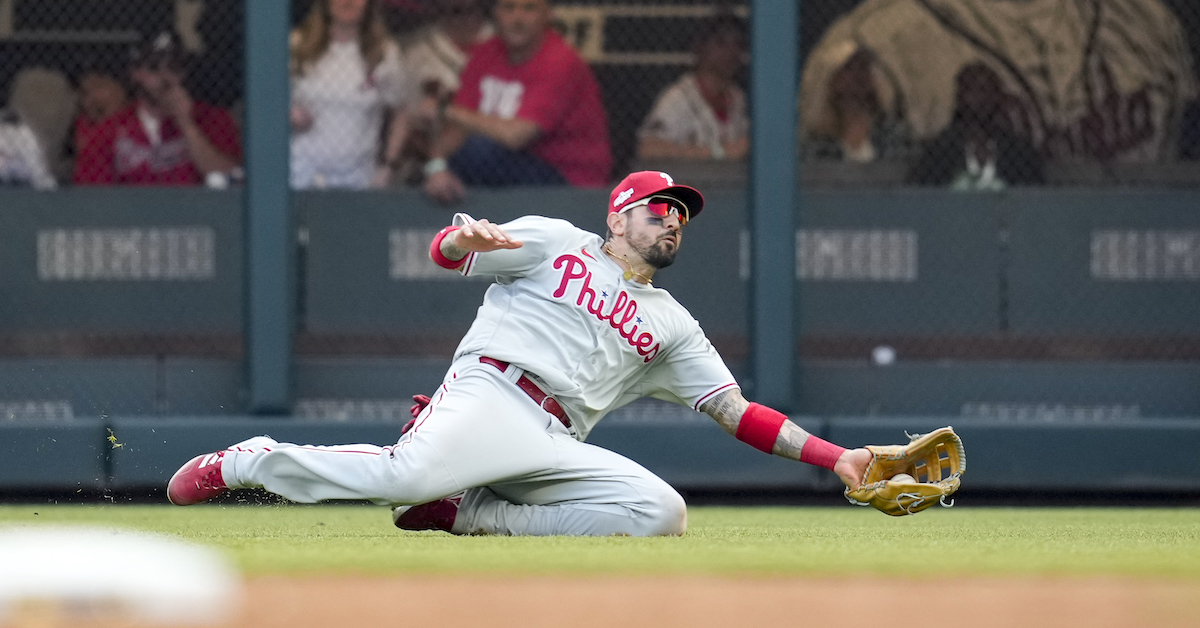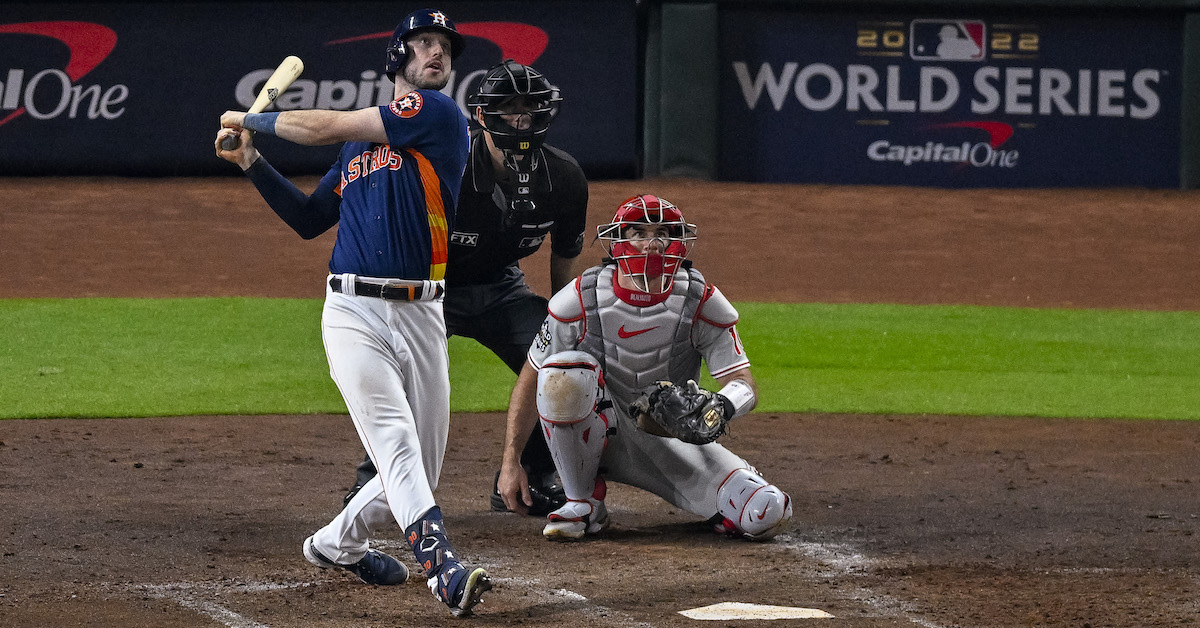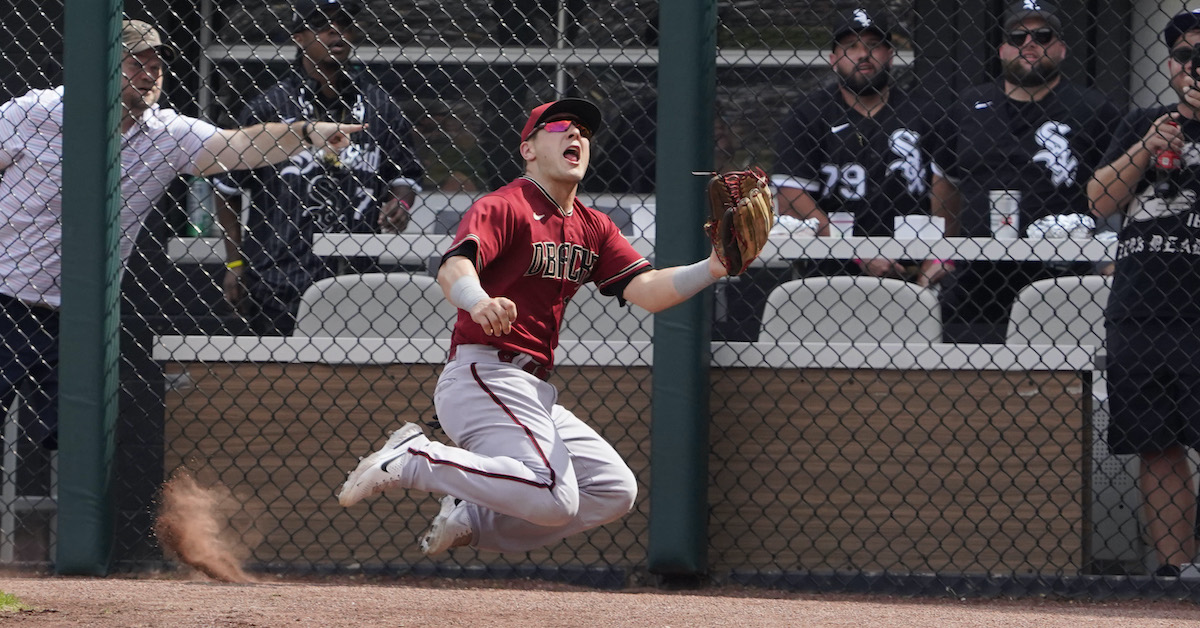Meatballs, With a Chance of Clouting

“He made a mistake, and Trout made him pay.” No doubt you’ve heard some version of that sentence countless times. Maybe the announcers called it a hanging slider, or a meatball, or any number of other ways of describing a poor pitch. But what exactly does it mean, and how can you know one when you see one?
I’ve discussed that question with my colleagues frequently, but we’ve never come up with a satisfactory answer because the pitches that get classified as mistakes aren’t always intuitive. Sometimes a pitcher hits the inside edge of the zone, only for a hitter sitting on just such a pitch to unload on it. Sometimes a backup slider ties up the opposing hitter. There’s bias to these observations, too: You’re far more likely to remember a pitch that gets clobbered for a home run than one that merely results in a take or a loud foul.
I still don’t have a definitive answer. I did, however, make an attempt at answering one very specific form of the question. One pitch that really does feel like a mistake, regardless of intent and irrespective of circumstance, is a backup slider over the heart of the plate. Spin a slider wrong, and it morphs into a cement mixer, turning over sideways without movement. Leave one of those middle middle, and the result is a slow and centrally located bat magnet. Read the rest of this entry »










